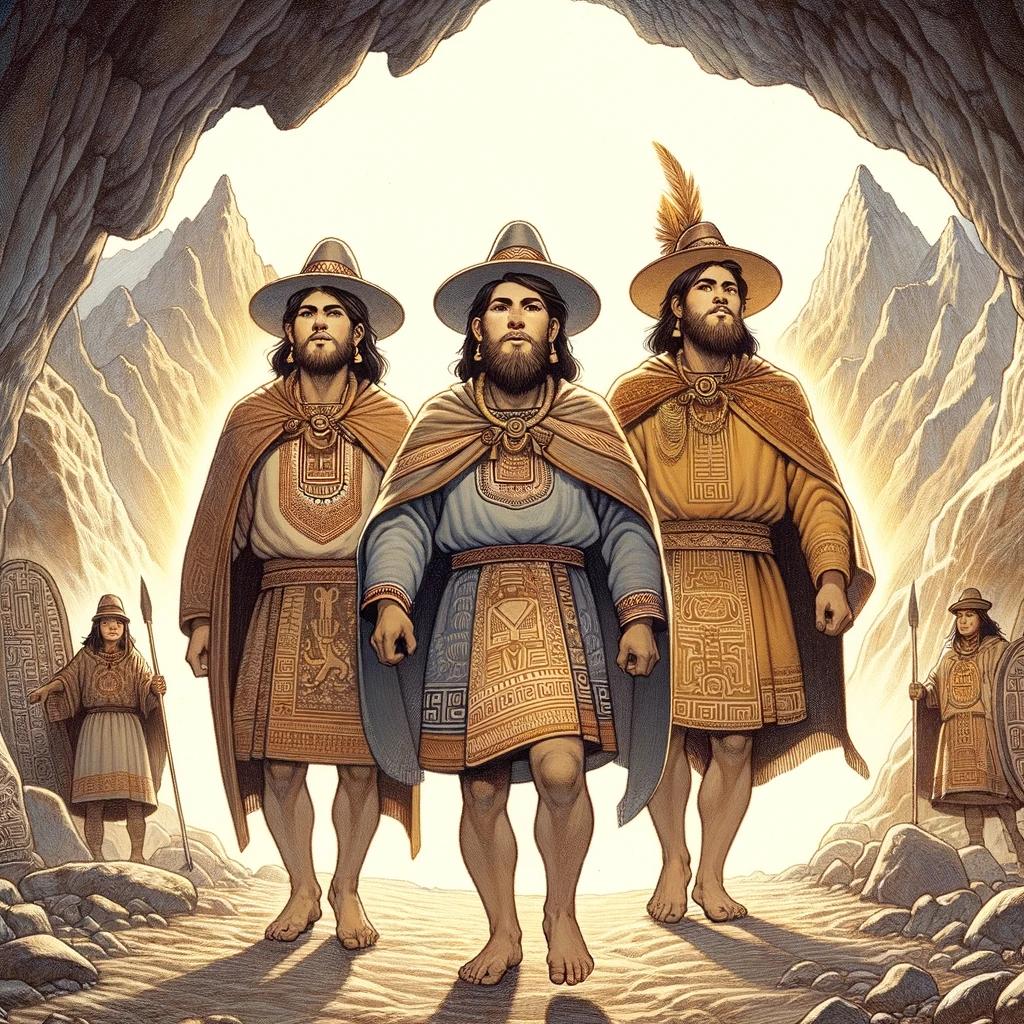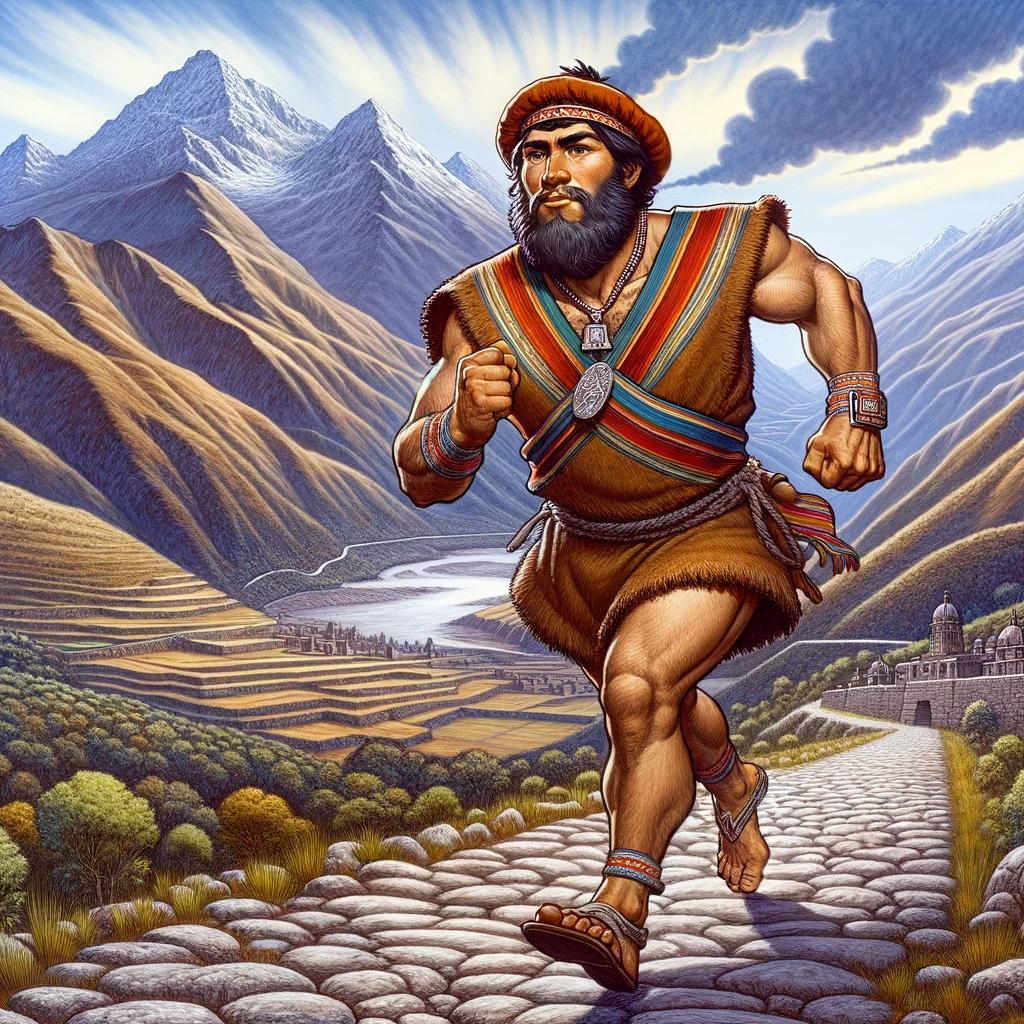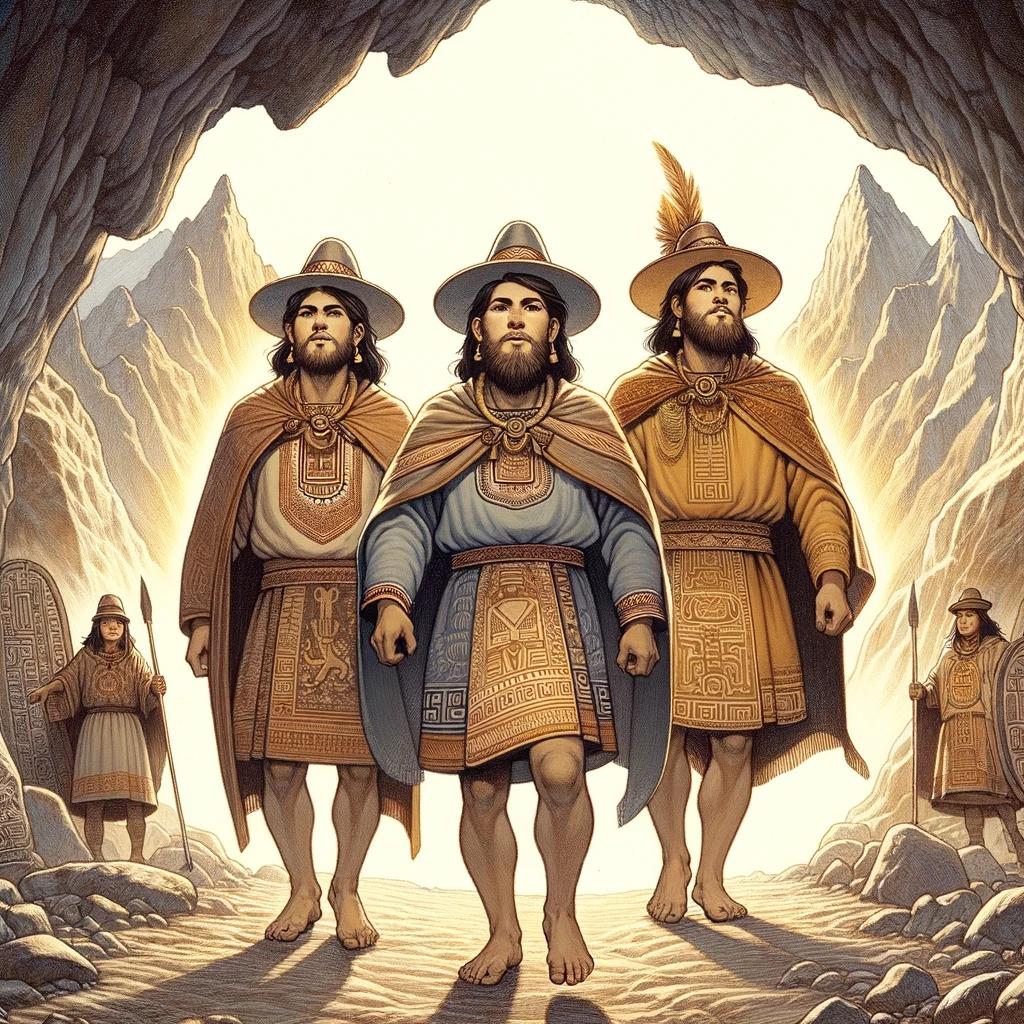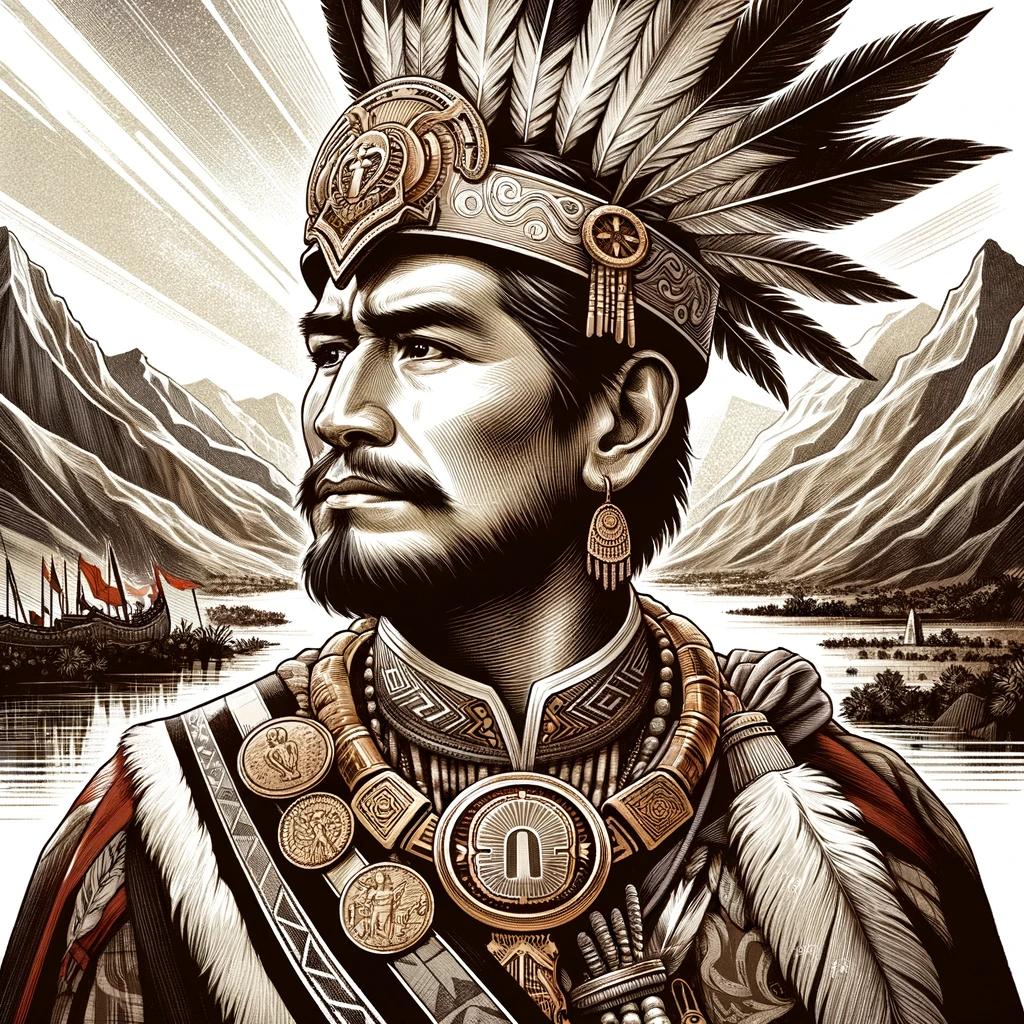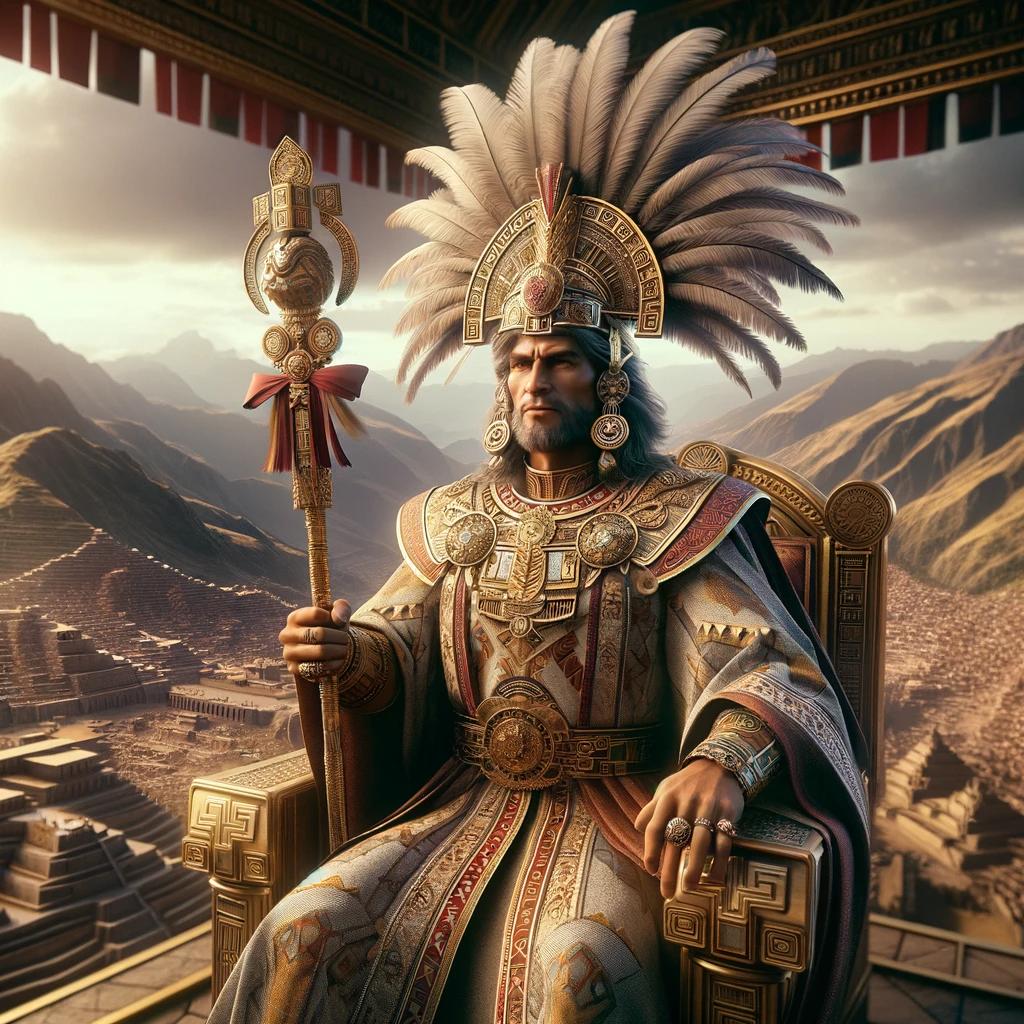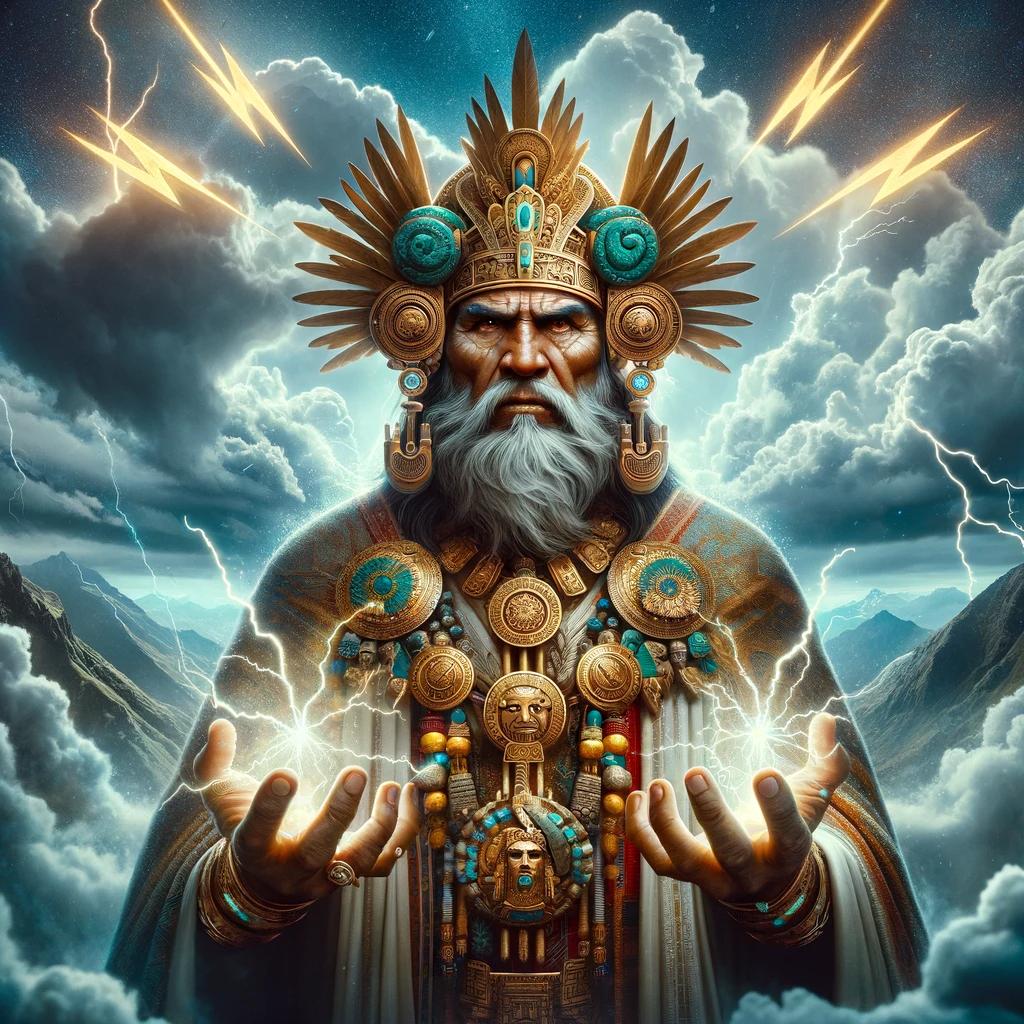Inca Sinchi Roca: A Courageous Leader Shaping Inca History in Cusco

Sinchi Roca, the second Sapa Inca of the Kingdom of Cusco, played a significant role in Inca history. Belonging to the Hurin dynasty, he was known as the “Valiant Generous Inca.”
Sinchi Roca’s governance included implementing a population census and promoting nobility by mandating ear piercing. His military strategies involved forming an army of noble soldiers and enhancing agricultural productivity through terraces and soil importation.
Sinchi Roca also pioneered canal construction to maximize water resources. His contributions paved the way for the political and territorial development of the Inca civilization.
Early Life and Rise to Power
Debates surround the exact details of Inca Sinchi Roca’s early life, but his rise to power marked a significant turning point in Inca history.
Sinchi Roca: The Valiant Generous Inca
Sinchi Roca, also known as Sinchi Rocca or Cinchi Roca, was an esteemed leader who embodied courage and generosity. His name, derived from the Quechua language, translates to “valiant generous Inca,” emphasizing his reputation as a brave and benevolent ruler.
The Hurin Dynasty: The First Inca Dynasty
Belonging to the Hurin Dynasty, the inaugural ruling lineage of the Inca Empire, Sinchi Roca inherited a powerful and influential position. As the second Sapa Inca, he ascended to power around 1230 CE, although some references suggest his reign might have commenced as early as 1105 CE.
During this critical period, Sinchi Roca steadily molded the foundations of the Inca civilization, setting the stage for future developments and territorial expansion.
Governance and Territorial Division
Introduction: Governance and Territorial Division played a crucial role in Sinchi Roca’s reign as the second Sapa Inca of the Kingdom of Cusco. This section explores the implementation of a census for control and administration, as well as the significance of ear piercing as a symbol of nobility within the Inca society.
Implementing a Census: Control and Administration
The establishment of a population census was a significant decision made by Sinchi Roca to effectively govern his dominions. Through this census, he gained greater control and administration over the Inca population.
The census allowed for a comprehensive record of the inhabitants and their social standing, contributing to the robust management of the territory.
Ear Piercing as a Sign of Nobility
As a means to distinguish the nobility, Sinchi Roca ordered all members of the Inca ethnic group to undergo ear piercing. This practice served as a visible symbol of their noble status within the Inca society.
The pierced ears became a distinctive mark of honor and elevated the social rank of the individuals, reinforcing the hierarchical structure under Sinchi Roca’s rule.
Military Strategies and Expansion
The military strategies implemented by Inca Sinchi Roca played a crucial role in the expansion and consolidation of the Inca Empire. Under his leadership, the Inca Army underwent significant developments and utilized various tactics to secure their dominance.
Formation of the Inca Army: Nobility as Soldiers
Inca Sinchi Roca recognized the importance of a well-trained and formidable army in maintaining control over the vast territories of the Inca Empire. To achieve this, he formed an elite Inca Army composed of nobles and members of the ruling caste.
These soldiers, known as the “panacas,” underwent rigorous training and were provided with the best military equipment available. Sinchi Roca believed that recruiting members of the nobility as soldiers would ensure their loyalty and commitment to the Inca cause.
Terraces and Soil Importation: Enhancing Agricultural Productivity
Inca Sinchi Roca understood the significance of agriculture as the backbone of the empire’s economy. To improve agricultural productivity, he focused on terracing and soil importation techniques.
Under his guidance, extensive terraced fields were constructed, allowing the Inca people to cultivate crops even in steep and rugged terrain.
These terraces not only prevented soil erosion but also maximized the use of available land for agricultural purposes.
In addition, Sinchi Roca imported large quantities of fertile soil to further enhance the productivity of the valleys.
This soil importation practice, combined with the advanced terracing methods, significantly increased the yields of crops, ensuring food security for the growing Inca population.
Canal Construction: Utilizing Water Resources
Recognizing the importance of water resources for agricultural development, Sinchi Roca directed the construction of canals to channel water from the Huatanay and Tullumayo rivers.
These canals served multiple purposes, providing irrigation for the terraced fields and ensuring a reliable water supply for both agricultural and domestic needs.
The strategic utilization of water resources allowed for efficient agricultural practices and supported the expansion of the empire’s productive capabilities.
The implementation of these military strategies, alongside agricultural advancements, played a pivotal role in the growth and expansion of the Inca Empire under the leadership of Sinchi Roca.
By strengthening their military force and improving agricultural productivity, the Inca civilization flourished and prospered during this era.
Legacy and Contributions to Inca Civilization
Sinchi Roca’s Role in Inca Society
Sinchi Roca’s reign as the second Sapa Inca left a lasting impact on Inca society. His title ‘Valiant Generous Inca’ reflected his reputation as a courageous and benevolent leader. Under his rule, important administrative measures were implemented, such as the introduction of a population census.
This census allowed for greater control and administration of the Inca population, strengthening the central authority of the empire in Cusco.
Furthermore, Sinchi Roca enforced the ear piercing tradition among the Inca ethnic group as a symbol of nobility.
This act served to solidify social hierarchies within Inca society and maintain the distinction between the ruling nobility and the common people.
Impact on Political and Territorial Development
Sinchi Roca’s military strategies and territorial expansions played a crucial role in the growth of the Inca Empire. He formed a formidable army composed of noble soldiers, which not only ensured the defense of Cusco but also facilitated the subjugation of neighboring territories.
Additionally, Sinchi Roca focused on agricultural development. His construction of terraces and importation of fertile soil improved agricultural productivity in the valley, enhancing food production and providing economic stability for the expanding empire.
Furthermore, Sinchi Roca’s innovative project of building the first water canal in the Huatanay and Tullumayo rivers showcased his commitment to harnessing water resources for agricultural purposes. This initiative not only addressed the growing needs of the population but also showcased his understanding of the importance of efficient irrigation systems.
The legacy left by Sinchi Roca set a strong foundation for the subsequent growth and expansion of the Inca Empire. His contributions in governance, military strategy, agriculture, and infrastructure development played a significant role in shaping the Inca civilization, allowing it to flourish in the years to come.
.












